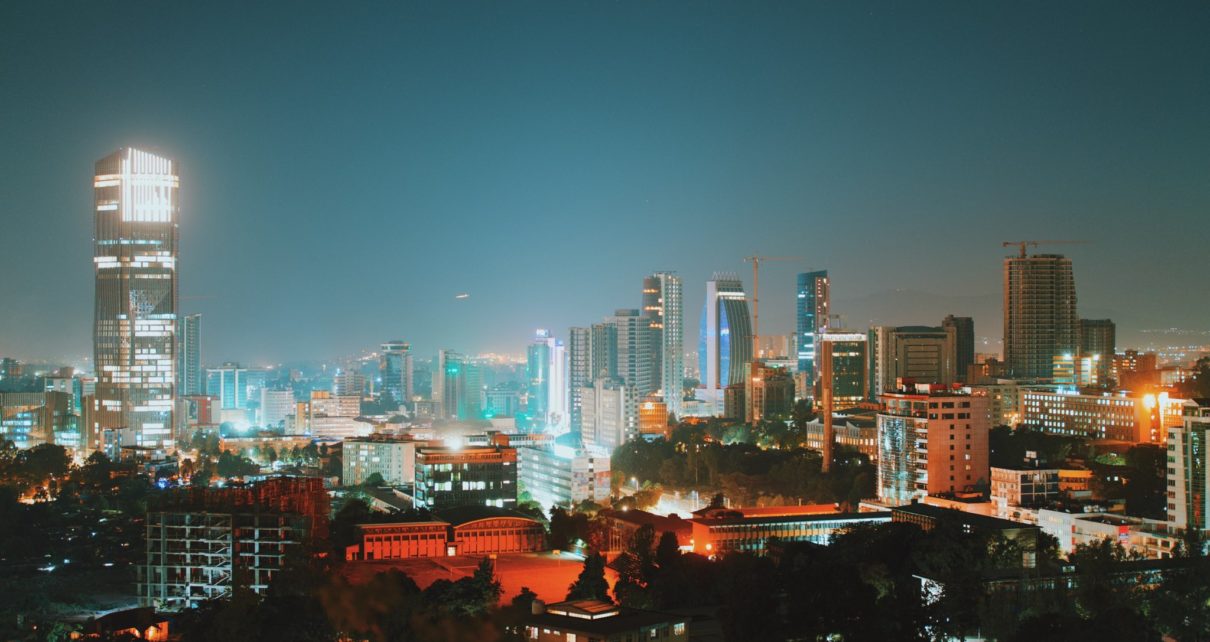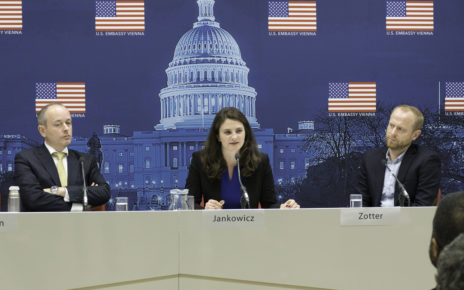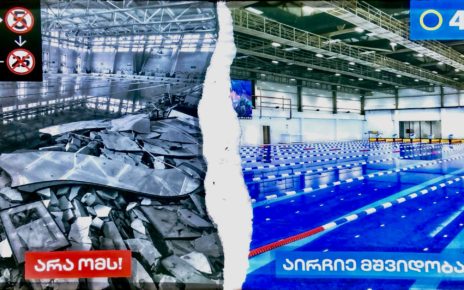Despite the West’s primary focus on Russia and China’s use of disinformation, other actors across the Global South have increasingly spread propaganda and intentional falsehoods through social media. This phenomenon has been particularly apparent across Africa as ideologically motivated extremist organisations such as the Islamic State in Nigeria, Al Qaeda in Mali, and national governments throughout the Horn of Africa have utilized disinformation to bolster their standing within ongoing conflicts. The most significant of these has been the war that erupted in the Tigray region of Ethiopia between the Tigray People’s Liberation Front (TPLF) and the Ethiopian government in the late fall of 2021. This conflict offers a revealing illustration of the use of misinformation and disinformation techniques, such as censorship and gas-lighting, to spark and sustain ethnic and regional conflicts.
The war in the Tigray region began after brief skirmishes between the TPLF and the Ethiopian military ignited long-running tensions between Addis Ababa, neighbouring Eritrea, and the Tigrayans, a historically powerful ethnic minority in the country. After claiming that Tigrayan forces had stolen weapons from government military bases and cutting off funding to the region after an electoral dispute, Ethiopian Prime Minister Abiy Ahmed launched a military offensive against the TPLF. This operation eventually led to a wider regional conflict as Ethiopian forces intermixed with other ethnic militias and Eritrean forces, the TPLF’s long-time adversary. After a period of intense fighting that nearly reached the outskirts of the capital and cost thousands of lives and displaced millions, the Ethiopian government announced a ceasefire in early 2022 and in June, disclosed plans for peace negotiations.
The conflict has been marked by intense fighting along ethnic lines as powerful ethnic militias and minority ethnic communities have borne the brunt of the hostilities. This confrontation has also become a primary source of misinformation and disinformation as the government and ethnic communities such as the Amharas and the Qemant have extended their competition into virtual spaces like Facebook. Incentivized by the perceived weakness of the TPLF and historical grievances over territory, the Amharas, a bordering ethnic community, have been engaged in fierce fighting in a bid to capture southern and western Tigray. In the aftermath of these engagements, reports that Tigrayan forces had seized a city within the Amhara region by Ahadu, an Ethiopian media outlet, prompted the Ethiopian government to arrest two Ahadu journalists for “false reporting,” highlighting Addis Ababa’s reliance on censorship to influence public consumption of the narratives surrounding the conflict.
Disinformation has also led to the victimization of ethnic minorities along the frontlines of the conflict as intentional falsehoods spread online have prompted real-life acts of violence, a connection highlighted by the treatment of the Qemant. An ethnic minority group within the Amhara region that has long claimed to be marginalized, the Qemant have been accused–without evidence–of allying with the TPLF after receiving training and arms in Sudan and carrying out attacks in the region. These allegations, spread primarily across social media, have prompted violent reprisals from the majority Amhara population, including burning down the village of Belehwa only 24 hours after a Facebook post claimed that a bus had been attacked by an unidentified Qemant rebel.
Further, disinformation spread across virtual platforms has also significantly shaped the regional contours of the war, particularly Eritrea’s involvement in the fighting. A long-time adversary of the TPLF, Eritrea has sent thousands of soldiers in an effort to support Ethiopia’s forces. While these additional troops allowed Addis Ababa to engage the TPLF along a third front, Eritrea was also accused of committing a massacre in Axum, a culturally significant city located across the border. In response to Amnesty International’s public investigation of these killings, supporters of the government actively attempted to discredit the organization’s findings on social media, launching a false “fact checking” campaign on Facebook before the Ethiopian government finally publicly acknowledged the atrocity.
Further, Eritrea has also coordinated with the Ethiopian government to deny the existence of its forces within the country, including allegedly offering support to fraudulent NGOs to spread propaganda designed to “debunk” Western media reports on the state of the conflict. This effort had also included diplomatic pressure from Addis Ababa against Western governments and media outlets allegedly spreading “fake news” regarding the threat posed by the war to Ethiopian civilians and “defaming” Ethiopia. These efforts to suppress and disparage accurate information while spreading false counter-narratives highlights Addis Ababa and Asmara’s extensive reliance on gas-lighting, a technique designed to obscure truths by introducing intentionally false information that prompts audiences to question their own beliefs. This method has allowed both countries to utilize disinformation in an attempt to bolster the public’s support for the conflict, a critical element of Ethiopia’s ability to sustain a costly campaign.
With the Tigrayan and Ethiopian governments having recently entered into peace negotiations, the war that threatened to destabilize the Horn of Africa appears to have come to a pause. However, while the belligerents may finally settle their differences through diplomatic means, the crisis has also demonstrated the destructive influence that disinformation may continue to have within ethnic and regional conflicts and highlighted its role in initiating and sustaining violence. In contrast to global influence operations whose aim is often to affect the frequently complex processes of contemporary democratic politics, the burning of Belehwa highlights the dangers of more localized disinformation campaigns, given that their audiences are more capable of acting upon their themes. The Tigrayan conflict highlights disinformation’s potential to become a catalyst for turning smouldering disagreements into coordinated warfare and ultimately, into ashes.
Image copyright: “Addis Ababa Night Skyline” by Hooaos via Wikimedia. Licensed under CC-BY-SA-4.0.
Disclaimer: Any views or opinions expressed in articles are solely those of the authors and do not necessarily represent the views of the NATO Association of Canada.




